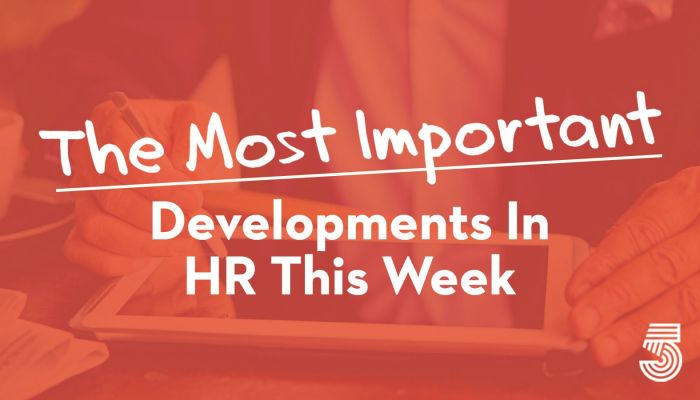The MID, as we call it, is curated by our editorial team from more than 50 news sources. Like a lot of good ideas, this started as something I wanted for myself. If I can’t read everything, I at least want to stay abreast of the most important developments. This week in HR, United announced the layoff of 600 employees who refused the vax, women remained burned out, Payscale revealed employees suspect they aren’t getting a fair wage but likely are, talent acquisition revolution was all about AI, and the “chief resilience officer” became a thing. 
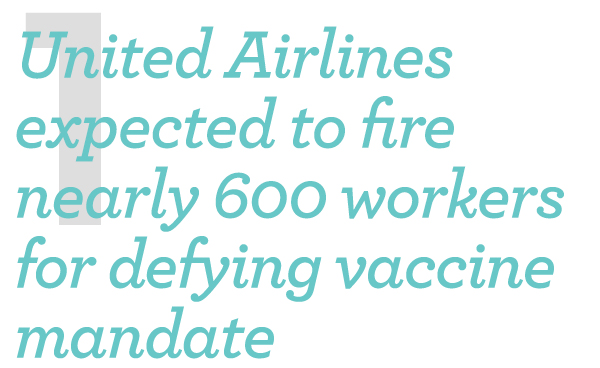
United Airlines has said nearly 600 U.S.-based employees are facing termination after failing to comply with the carrier’s vaccination policy. In early August, the company became the first U.S. airline to require Covid-19 vaccinations for all domestic employees, requiring proof of vaccination by Monday. The carrier said that on Tuesday, it would start the process of firing 593 employees who decided not to get vaccinated. “This was an incredibly difficult decision but keeping our team safe has always been our first priority,” chief executive Scott Kirby and president Brett Hart told employees in a memo. The workers can save their jobs if they get vaccinated before their formal termination meetings, the company officials said. The Guardian
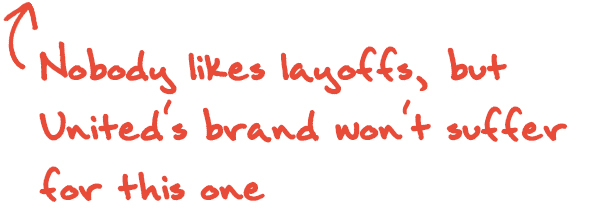
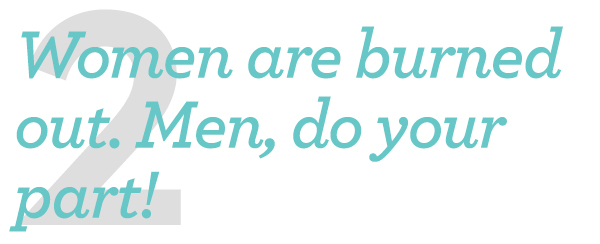
A new survey of 65,000 U.S. workers from McKinsey and LeanIn.org found that a whopping one-third of women said they were considering quitting their jobs or reducing their hours. Female workers were more likely to say that they were burned out. And more of them were discouraged now than they were in the early, shocking months of the pandemic. The survey reveals that the U.S. has utterly failed its female workers. And that too many men have also failed women — as bosses, colleagues, partners, and co-parents. The factors fueling female burnout and American women’s extraordinary pandemic job losses are many and complex, but they generally fall into two areas: policy failures and personal ones. We need to assess both if we ever want to see anything close to gender equality in this country. CNN

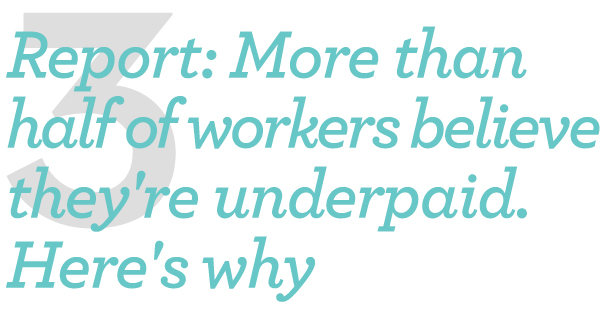
It’s a crazy labor market. Wages are increasing, job openings are exceeding candidate applications, and employees everywhere are quitting. Organizations are scrambling to figure out retention strategies that will actually work. Payscale recently released a fair pay impact report analyzing whether employees know if they are fairly paid and the impact their perception has on job-seeking behavior. The results don’t look good for employers. In fact, the analysis shows that most employees have no idea whether or not they are fairly paid. In the current hot job market, employees who assume the worst about their pay are shown to be 50% more likely to seek a new job. However, Payscale’s research does signal something employers can do to increase employee retention in a volatile market: Pay communications are a cost-free tactic open to all employers and have been demonstrated to deter job-seeking behavior. Fast Company

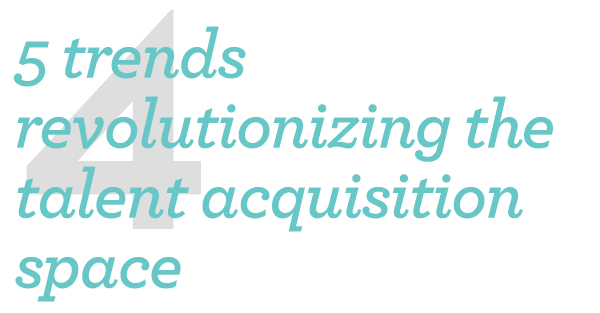
Talent acquisition is facing new challenges in the age of the Great Resignation as scores of workers leave their jobs. In a Wednesday HR Tech Conference session titled “The State of Talent Acquisition Technology: The ATS Is Not Enough,” Madeline Laurano, founder of Aptitude Research, said the talent acquisition market is rapidly growing and adapting to the new reality. As employers step up their hiring efforts, Laurano offered five trends HR leaders need to be aware of in the talent acquisition space: recruitment marketing, AI matching, conversational AI, programmatic job advertising, and internal mobility. HR Executive

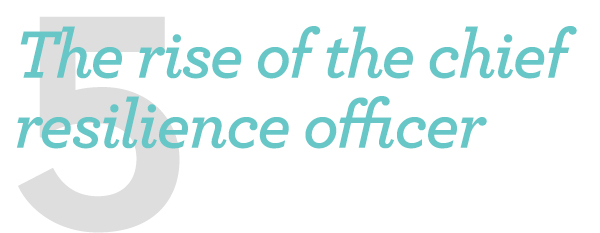
Sometimes, stats don’t tell the whole story. This is not one of those times. The stat I’m talking about comes from a Boston Consulting Group (BCG) study on resilience that reviewed the performance of 1,800 U.S. companies over 25 years. It led to an underappreciated but significant finding: Performance during periods of crisis has almost three times the impact of performance during periods of stability. In other words, resilience matters. Some companies really are more resilient and more able to withstand upheaval. Of course, that raises another important question: If general resilience is indeed possible, how can organizations build it? I’ve been intrigued by one possible solution — the appointment of a chief resilience officer whose sole job is to focus on building organizational resilience. Such an individual is a master at bridging departmental divides and driving coordinated action across different areas of the business. Most importantly, they’re able to build effective processes and decision-making frameworks so an organization can respond with agility in the event of disruption. To do that, though, they must be a member of the C-suite and peer to other C-level execs. Forbes







